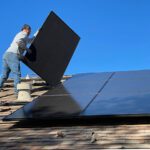Vertical Farming and Smart Agriculture Technologies Boost Food Production
As growing conditions become less stable and predictable, Agriculture 4.0 is coming indoors and boosting agricultural productivity through connected technologies.
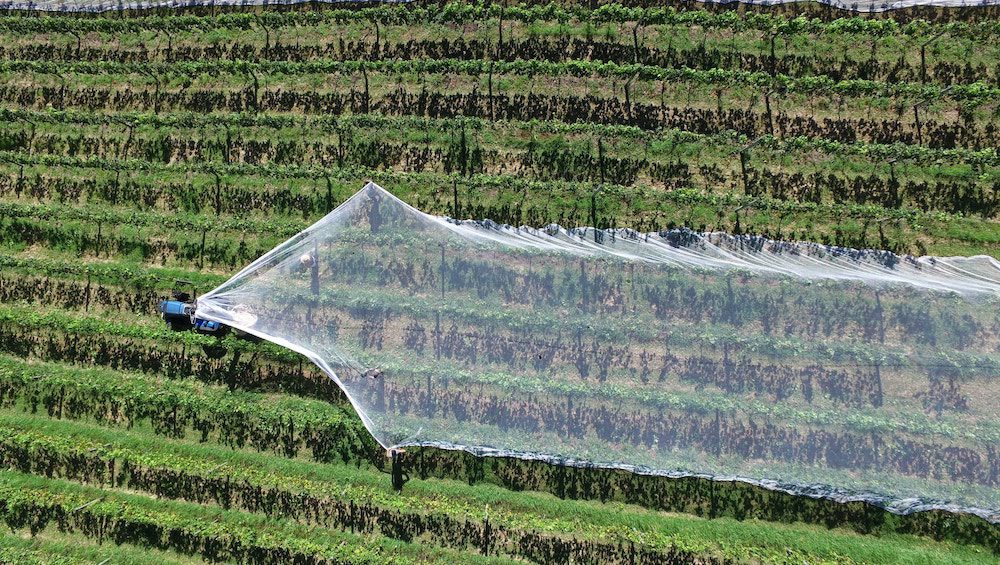
Vertical farming, also known as smart agriculture and Agriculture 4.0, uses technology to enhance crop production by automatically tracking critical parameters such as soil nutrition, temperature, and moisture levels for planting, fertilization, irrigation, and harvesting. More specifically, this allows farmers to control the amount of seed, fertilizer, pesticide, and water that a field receives. They can measure these criteria with the use of sensors, monitors, and computerized systems. Driven by electrification and digitalization, the smart agriculture industry aims to help farmers optimize their operations and reduce waste. To keep up with the demand for both food security and sustainability, farmers are focusing on smart greenhouses.
Smart greenhouses utilize a host of Internet of Things (IoT) technologies, including a range of environmental sensors that evaluate data on growing conditions and help direct nutrients, insecticides, irrigation, and lighting to optimize plant growth, reduce energy costs, and minimize environmental impact. These systems act together to increase yields and improve plant quality.
With these groundbreaking advancements in agriculture equipment and technology, ruggedized connectors are needed to make Farming 4.0 possible and optimize both vertical farming and outdoor operations. In both scenarios, technologies are exposed to harsh farming environments, so these interconnects must be resistant to dust, dirt, chemicals, and moisture. On outdoor farms, they must also combat the effects of severe weather conditions.
The IoT plays a key role in modern farms. These connected technologies do more than monitor and facilitate plant growth. They can be used for monitoring the health, location, and movement of livestock through supply chains. They can also play a role in equipment management, predicting maintenance and minimizing downtime for repairs to keep operations running on the tight production timetable. Remote monitoring and control allows farmers to manage their crops and animals continuously and from anywhere with an internet connection, which reduces labor costs and improves efficiency.
Sensor intelligence
In vertical farming operations, the use of sensors enables automated climate control for indoor agriculture by monitoring and adjusting temperature, humidity, lighting, and other environmental factors, allowing farmers to adjust the growing conditions in real time, delivering the optimal conditions for each step of the plant’s growth cycle.
In outdoor operations, sensors help even out conditions in a constantly changing outdoor environment. Soil sensors measure moisture levels and temperature to optimize irrigation and fertilizer application, while plant sensors calculate plant growth, photosynthesis, and stress levels. Sensors help deliver data throughout the plant life cycle so farmers, often in conjunction with automated equipment, can adjust the growing conditions to improve plant health and productivity. Weather sensors monitor temperature, humidity, and wind speed to deliver the data farmers need to protect crops from extreme conditions. In livestock operations, sensors monitor animal health, noting activity levels and nutritional status. These sensors allow farmers to capture growth and identify areas of stress easily.
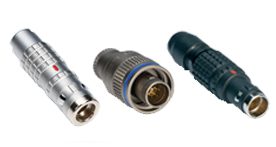
The M-Series, T-Series, and K-Series from Lemo are ideal to connect sensors used in greenhouses due to their ability to transfer reliable signals in rugged outdoor environments. While each series supports technologies in harsh environments through ruggedization features, they differ in their design and capabilities. The M-Series connectors are fully shielded, vibration-secure, and sealed. The T-Series are push-pull watertight connectors. And the K-Series connectors are similar to the T-Series but offer a wide selection of shell styles along with insert arrangements, high mating cycle count, and accommodation of a larger cable range.
Year-round sunshine
In smart agriculture advanced lighting systems provide strategic lighting to vertical farming facilities, providing the correct spectrum of sunlight needed by crops growing indoors and during the winter months in regions where sunlight is limited.
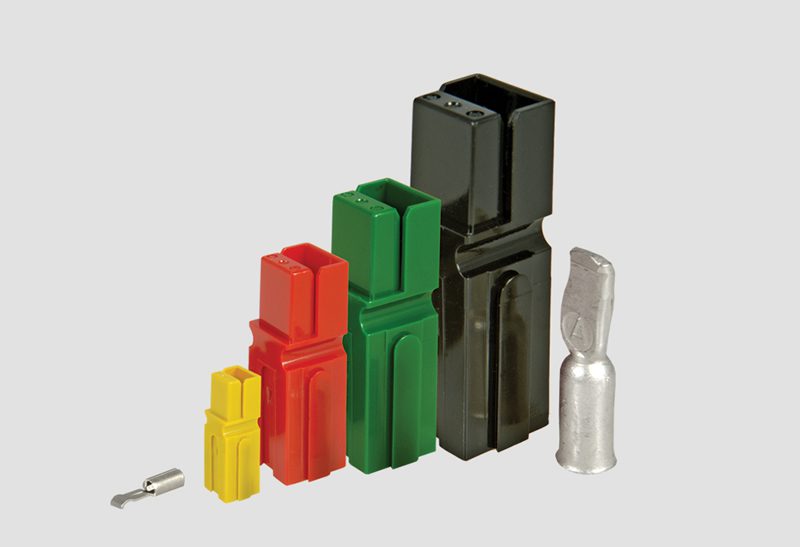
Anderson Power Products SB multipole connectors are a reliable, cost-effective solution with mechanically keyed housing, making them well-suited for power applications. They use flat wiping technology and have a rugged one-piece plastic housing to retain contacts, offering extremely low resistance. As a durable and robust interconnect, the SB connector series can be utilized in lighting systems for smart greenhouses.
Rain on demand
Irrigation systems allow water to drip gradually to the roots of plants. They use sensors and controllers to monitor soil and moisture levels and water plants only when necessary.
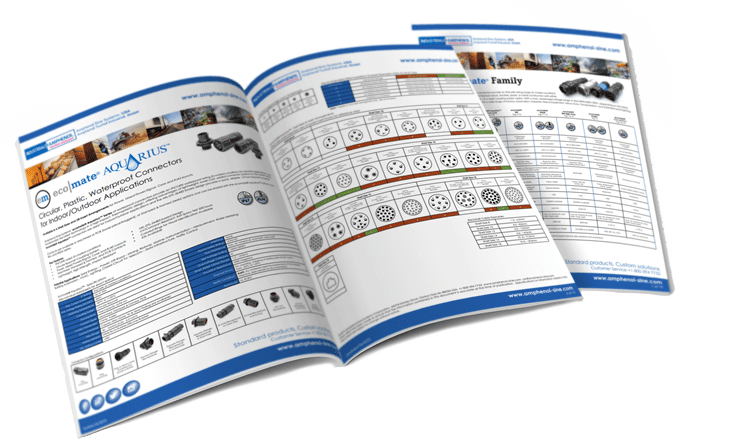
Amphenol Sine Systems Ecomate family of circular, multiway connectors features a durable plastic or metal design with either bayonet or rapid coupling systems. The Aquarius connector provides an IP67/IP69K waterproof rating in a high-impact, thermoplastic design, making them ideal for irrigation systems in smart greenhouses.
Agriculture 4.0 will help support the growing population amid a climate crisis that is impacting food production worldwide. Smart greenhouses are a revolutionary way to produce animals, grain, fruits, vegetables, and other crops. The IoT, enabled by smart sensors, ruggedized connectors, and connected agricultural technologies, is already allowing farmers to track their crop production and carry out tasks more efficiently, resulting in cost savings, higher yields, and minimized environmental impact.
Visit PEI-Genesis to learn more about smart solutions for vertical farming and outdoor agriculture.
Like this article? Check out our other Harsh Environment and Ruggedized articles, our Industrial Market Page, and our 2023 and 2022 Article Archives.
Subscribe to our weekly e-newsletters, follow us on LinkedIn, Twitter, and Facebook, and check out our eBook archives for more applicable, expert-informed connectivity content.

